The content of the article
- 1 Historical information
- 2 Technology for producing chickpea flour
- 3 How to cook at home?
- 4 Chemical composition
- 5 What is the use of chickpea flour
- 6 Healing properties
- 7 Diseases in which a chickpea product is recommended (flour)
- 8 Product harm to the body
- 9 How to use chickpea flour
- 10 Storage recommendations
- 11 Home recipes
- 12 Video: recipe for chickpeas with vegetables
Chickpea flour (hummus) is a unique gluten-free product. This is its core value. They make it from Turkish or mutton peas, which is called chickpeas (Cicer Arietinum), the more common name is Volga peas.
Historical information
Chickpea flour is made from a legume plant. According to the traditions of cultures, it has been included in the diet by peoples for more than 7,500 years. Although this product was not previously familiar to tables of Slavic peoples, it is the most consumed in the world. Chickpea beans are grown by large plantations in India, Thailand. This product came to us from the East and is associated with Turkish cuisine. As well as consumer demand for a useful product has spread across the European continent.
The valuable properties of chickpea flour are mentioned in the treatise of the healer and the Byzantine Empress Zoe (978-1050). From the context: “... taking kostos, gum, dry melon peels and grinding well, dissolve in vinegar. Having smeared your face immediately, on the second day, wash yourself with flour from chickpeas or lentils ”- a remedy for wrinkles.
In Egypt, during excavations, murals from the times of Akhenaten were found, depicting a pharaoh with a chickpea branch. Ancient inhabitants believed in a positive effect of bean on potency.
Thomas Keller was famous for his amazingly delicious dishes. In 2010, he took into account the needs of people who did not perceive gluten, and produced gluten-free flour for them so that everyone could enjoy his masterpieces in cooking.
Technology for producing chickpea flour
To obtain a valuable product, special mills are used, through which chickpea beans are passed and ground to a state of uniform flour (garbanzo, besan). Depending on where it is destined to be used, the grinding fraction differs. Flour is widely used for baking confectionery, preparing main dishes and snacks. It has a pleasant nutty flavor and is relatively less starchy.
How to cook at home?
Chemical composition
- Isoflavones.
- Potassium.
- Phosphorus.
- Zinc.
- Copper.
- Magnesium.
- Calcium.
- Iron.
- Carotene.
- Vitamin E.
- Vitamin K.
- Ascorbic acid.
- Amino acids (including essential ones) - 18 species.
- Vitamins of group B (B1, B2, PP, B5, B6, B9).
Chickpea is a dietary product with an oily texture and a characteristic, pleasant aftertaste. This is a real storehouse of fiber.
What is the use of chickpea flour
With the exception of pleasant specific taste properties, it has a lot of useful properties.
People who regularly eat this product:
- Reduce cholesterol in the body.
- Normalize blood sugar.
- They bring the pressure to normal.
- Strengthen the walls of blood vessels.
- Smooth inflammatory processes.
- Establish the work of the digestive apparatus.
- They prevent the development of bacteria and stop putrefactive decay processes.
- Set up metabolic processes in the body.
- Restore cells in the body. Improve vascular elasticity.
- Prolong youth and longevity.
Healing properties
- Increases immunity. Strengthens the barrier functions of the body.
- Soothes the nervous system. It has sedative properties, normalizes sleep. Improves brain function, improves memory.
- Dissolves stones in the body.
- Improves blood quality. Prevents Anemia.
- Removes excess water from the body.
- Stimulates healthy shine and strengthens hair.
- Due to the large amount of fiber, it gently removes toxins, decay products, toxins.
- Regenerates cells in the body.
- Rejuvenates thanks to the produced collagen.
- Promotes the correct development of the body during the growth period.
- Concentrates attention. Such flour is indicated for sclerosis.
- Improves lung function. Prevents pulmonary disease.
- Positively affects the smoothing of menopause symptoms, replenishes the body with iron after the menstrual cycle.
Gluten is a flexible protein or gluten. It can be useful, but can be harmful, depending on the amount of it in the daily diet. There is a category of people with small bowel disease for whom this substance in the composition is dangerous. This is due to a genetic disease (celiac disease), which is characterized by gluten intolerance. Chickpea flour is able to make traditional bakery products useful and decorate the diet of people with a rare disease.
This product is especially valuable for patients with diabetes. Glycemic index (35 units), low carbohydrate content does not cause sugar spikes.
Fact! Gluten-free flour is actively used in sports nutrition. Well restores strength, regenerates tissues after injuries, stretch marks.
Diseases in which a chickpea product is recommended (flour)
- Stroke.
- Heart attack.
- Atherosclerosis.
- Hypertension.
- Arrhythmia.
- Anemia.
- Ischemia.
- Depression.
- Violation of the motor apparatus.
- Arthritis.
- Radiculitis.
- Osteoporosis.
Product harm to the body
Like any other product, it is not always perceived by the digestive system of a narrow circle of people. But it is recommended that everyone use it with caution. With an excess of the product in the diet, gas formation and indigestion can occur. When combining various ingredients, it must be borne in mind that cabbage, pears and apples are not compatible with chickpeas.
Flour with a valuable composition is not applicable for people suffering from cystitis, inflammatory processes in the bladder, peptic ulcer.
It's important to know! Chickpeas are an allergen.
How to use chickpea flour
- To bake from this product a success, it is combined with rice flour or potato starch. This will give an airiness test.
- Use as a self-contained product or combine with eggs.
- From it make cakes "Farinata" or "Faina Faina."
- When diluted in equal proportions with water, it can replace eggs.
- It is used as a good thickener for soups and sauces.
Storage recommendations
If necessary, flour can be frozen.
Store in the refrigerator, in an airtight plastic container or bag, without air.
Home recipes
- Body Scrub. A mixture of corn grinding (2 parts), chickpea flour (3 parts), oat flakes (1 part) will help to carefully remove the keratinized layer of cells from the skin. All ingredients are combined with milk. Massage the body using gruel.
- Hair Mask. Lemon juice, cottage cheese, chicken egg protein, chickpea flour - are mixed until smooth. After cooking, apply to hair (30 min.). Wash off in the usual way.
- Mask for whitening the skin. Cow's milk (1 teaspoon), mixed with Besan (2 teaspoons) and juice from half a lemon. The output is a great mask for all skin types.
- Soup. A glass of peas is boiled for half an hour in two liters of water. To finished peas, add celery, almonds, radish oil. Applied with urolithiasis.
- Infusion. A spoonful of chopped chickpeas is poured with boiled water (1 cup). Insist. Drink three times a day, 50 ml before a meal.
- Cake. The flour is kneaded in hot water. A cake is formed and used as a compress to warm the diseased joints.
- Indian traditional tortilla. Flour chickpeas (200 g), wheat (50 g), water (200 g), spices (ginger, hot pepper, turmeric, garlic, coriander). Knead the dough. Passer vegetables (200 g) and add to the dough. Spread on a pan greased with oil, and bake until rosy.
Video: recipe for chickpeas with vegetables

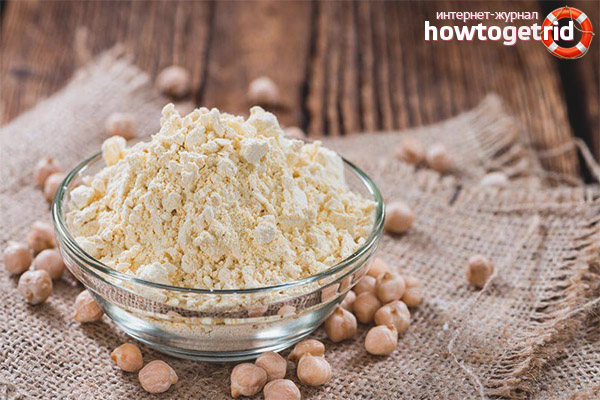
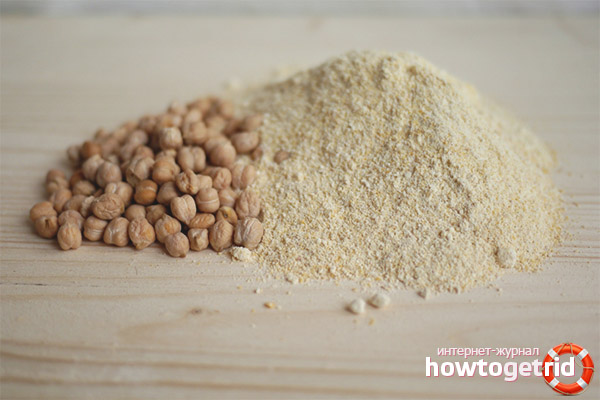
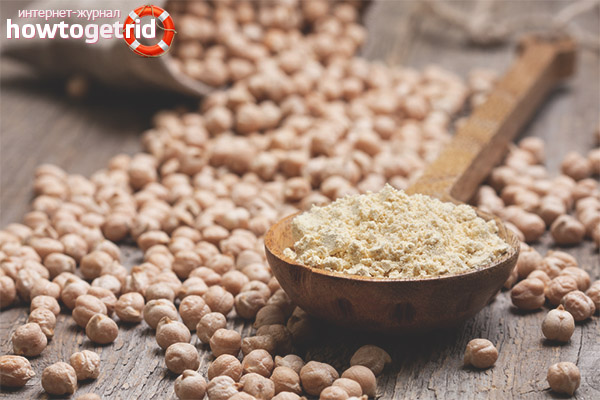
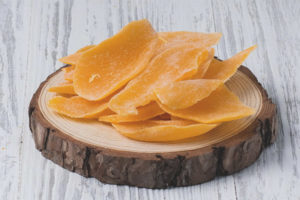
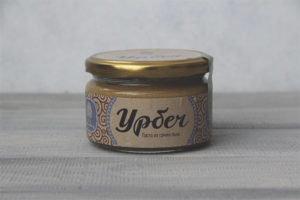
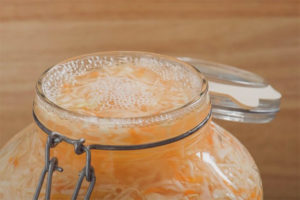

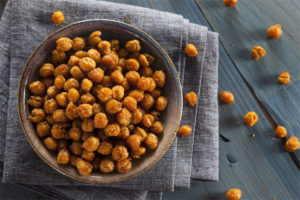
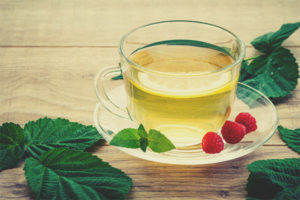
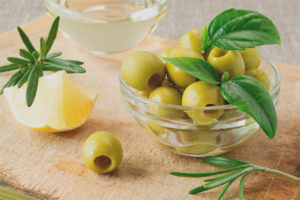
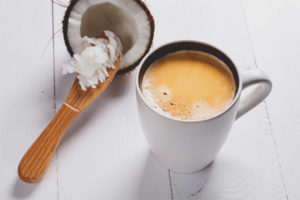
Submit